Components and Purposes of Advanced Intelligent Greenhouse Systems
Modern intelligent greenhouses cater to the optimal growing conditions of various crops by employing complex algorithms to control smart greenhouse systems, including movable roof windows, shading systems, wet curtains, fertigation systems, and cooling systems. These systems automatically regulate greenhouse parameters such as air temperature and humidity, light intensity, soil temperature and moisture, and nutrient levels for optimal plant growth. By creating an environment that closely resembles the ideal conditions envisioned by humans, intelligent greenhouses meet the demands of plants at different stages of growth, overcoming unfavorable environmental factors to increase crop yield and improve economic benefits per unit area.
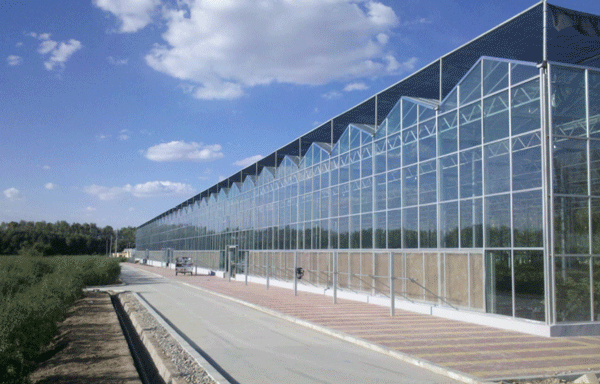
The following are the main components of an intelligent greenhouse control system:
1. Computer control system
2. Greenhouse insulation curtain system
3. Indoor and outdoor shading system
4. Greenhouse cooling system
5. Greenhouse water supply and drainage system
6. Integrated water-fertilizer system
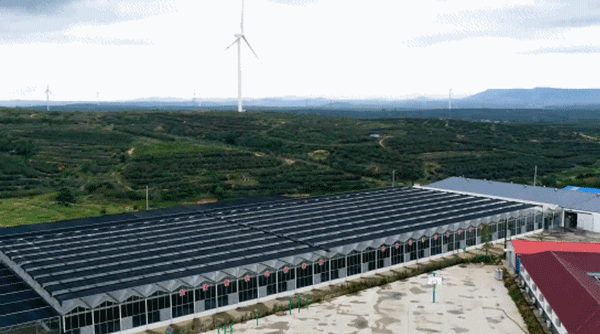
Features and structure of intelligent greenhouse control systems:
1. Features of intelligent greenhouse control systems utilize external environmental factors such as temperature, humidity, light, wind speed, and precipitation to control indoor temperature, humidity, ventilation, and lighting, creating the optimal environment for crop growth. They also dynamically allocate various nutrients that impact crop growth.
2. Structure of intelligent greenhouse control systems These systems boast excellent control accuracy, dynamic quality, and stability. They establish detection standards for plants at different growth stages, monitor the greenhouse environment, and make adjustments based on detected parameters. Indoor and outdoor sensors collect various signals, which are then processed and converted into a format that the computer can recognize and process, issuing adjustment commands. The output control system manages fans, spray systems, and shading systems, enabling the industrialization of crop growth.
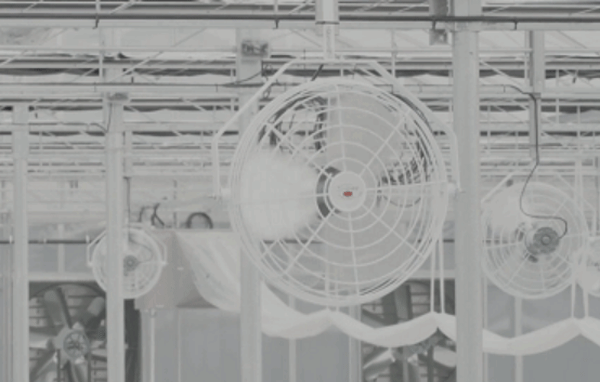
Computer control system:
1. Upper computer system The upper computer system uses personal computers primarily for data processing, ventilation, and system control. It provides real-time display and modification of various control data and curves and records daily data collection for future reference. The system offers solutions and tools for data collection, data processing, alarm handling, process control, animation display, report output, and curve display, addressing practical engineering problems.
2. Lower computer system Microcontrollers and DSPs can be used, with microcontrollers being the more popular choice in the modern market. The lower computer system is mainly used for on-site testing, detection, and control. It completes data processing, implements drip irrigation and nutrient solution ratios according to crop growth control curves, and transmits control and measurement results to the upper computer while receiving its commands.
3. Data collection and measurement High-performance sensors measure external climatic conditions and collect real-time data on various factors within the greenhouse. The measurements are sent to the upper computer via an interface, and the upper computer performs comprehensive control of the entire greenhouse based on the control requirements.
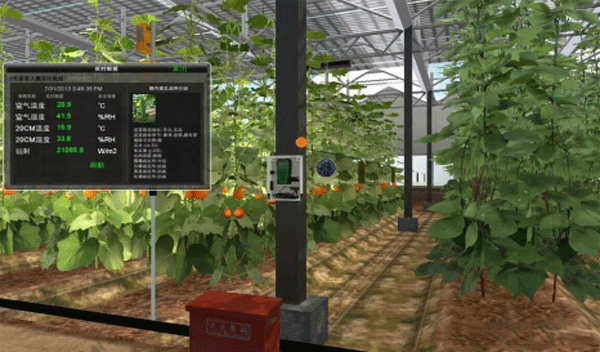
Indoor and outdoor shading systems:
To ensure appropriate light intensity inside the greenhouse and prevent excessive solar radiation from raising indoor temperatures (ensuring normal greenhouse operation during summer), external shading curtains are installed. They are arranged parallel to the roof and 0.5 meters away vertically, blocking excess solar radiation from entering the greenhouse, ensuring normal crop growth, and reducing the accumulation of energy inside.
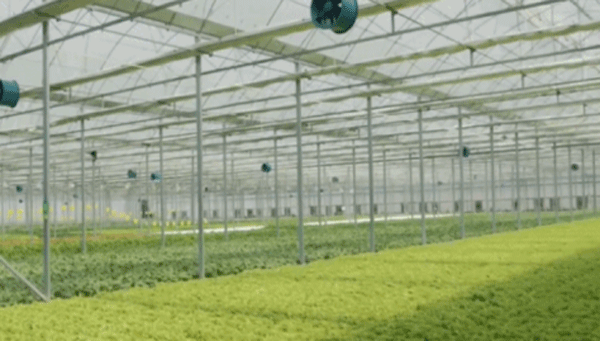
Greenhouse ventilation and cooling technology:
Greenhouse ventilation and cooling technologies include natural ventilation, circulation ventilation, mechanical ventilation, and wet curtain/fan cooling systems. Wet curtain/fan cooling systems are used when outdoor temperatures exceed 28-34°C, and the cooling effect of ventilation becomes limited. The water pump supplies water to the wet curtain, and the air passing through it reduces the temperature. This system works in conjunction with mechanical ventilation to remove heat from the greenhouse and lower its temperature.
Water supply and drainage technology:
The water supply and drainage system includes the water source, supply system, wet curtain equipment, and operational room water supply and drainage system.
Water supply system: The greenhouse's water supply system is divided into two routes: one supplies water for the greenhouse irrigation system, and the other supplies water for the wet curtain equipment and operational room.
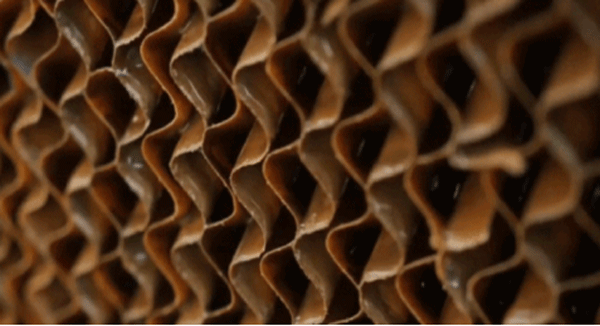
Wet curtain equipment and operational room water supply:
The wet curtain system uses recycled water, only requiring the replenishment of evaporated water during operation. Tap water is used for the wet curtain supply, piped in from the main water supply, connected to the recycling water tank of the wet curtain, and controlled with a float valve. The water supply pipeline is made of PVC plastic water supply pipes and bonded connections.
Drainage system:
The greenhouse's roof rainwater is organized and discharged. The roof rainwater discharge adopts a two-way drainage method. Drainage ports are set up at the north and south ends of each gutter in the greenhouse and are drained through the outdoor drainage system. The irrigation water volume in the greenhouse is small and is drained out using a trench method.
Greenhouse spray/irrigation technology:
The effectiveness of a spray irrigation system, particularly a large-scale self-pressurized spray irrigation system, depends not only on accurate and reasonable planning and design and precise construction but also requires a comprehensive management system and strict operational procedures to ensure the safe operation of the spray irrigation system.
If used for vegetable seedling cultivation, overhead spray irrigation is used. Micro-spray irrigation places sprinklers above the plants, spraying water into the air, which then irrigates the plants as it falls. Micro-spray irrigation has the advantages of water-saving, uniform irrigation, humidification, and dust removal, and can also promote cooling in the summer. The greenhouse uses a fixed spray irrigation system. Each span of the greenhouse is one zone, and each zone is manually controlled. The irrigation system includes a filter, a spray pipe, a connecting pipe, a water supply branch pipe, and control valves.
To wrap up, advanced intelligent greenhouses, with their comprehensive system of sensors and controls, can be seen as the future of farming. They offer unprecedented control over a crop's growing environment, significantly improving efficiency and yield. These greenhouses represent a step towards a sustainable and secure future for agriculture, where technology and nature work hand in hand to feed an ever-growing population.





